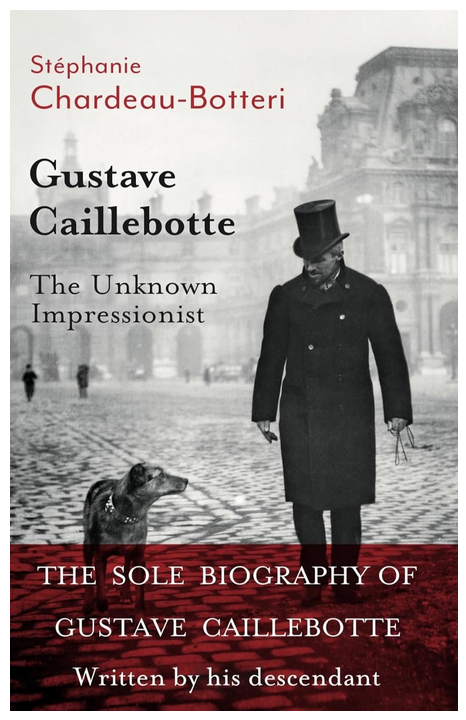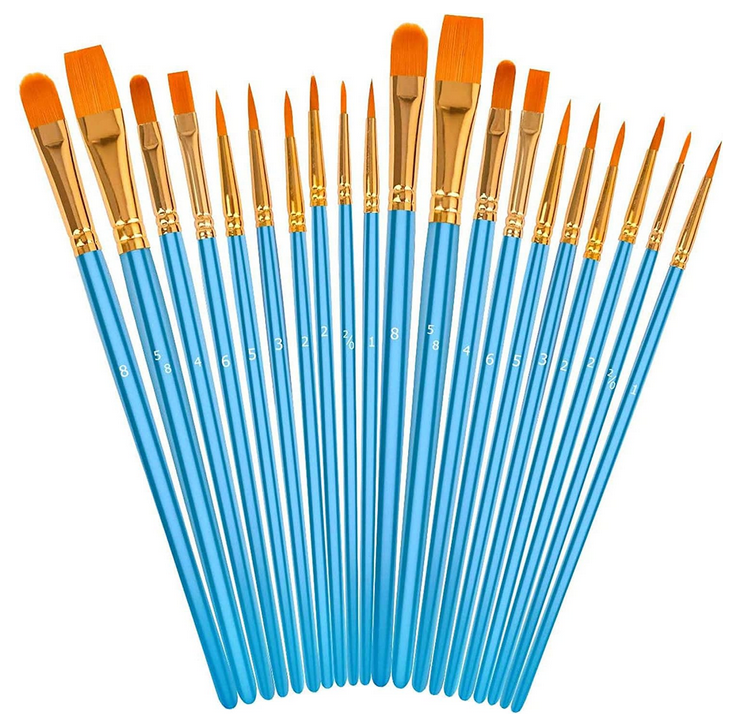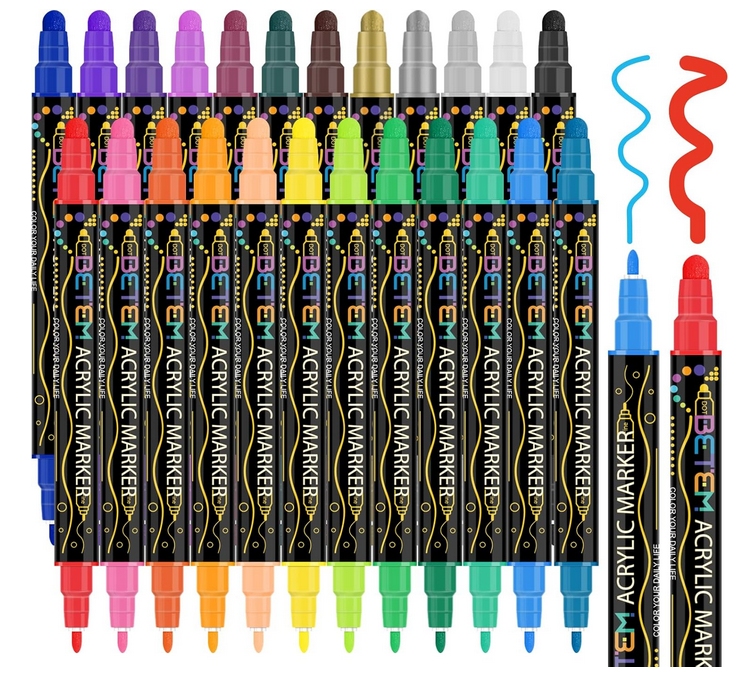- Home
- Art History
- Impressionism
- Gustave Caillebotte
Gustave Caillebotte - Impressionist
a Painter in the Impressionist era ...
Gustave Caillebotte was a French painter, naval architect, and patron of the arts active during the late 19th century. He played a significant role in the Impressionist movement, though his works often diverged from the typical themes and styles of his contemporaries.
Caillebotte’s originality lay in his attempt to combine the careful drawing and modeling and exact tonal values advocated by the Académie with the vivid colors, bold perspectives, keen sense of natural light, and modern subject matter of the Impressionists.
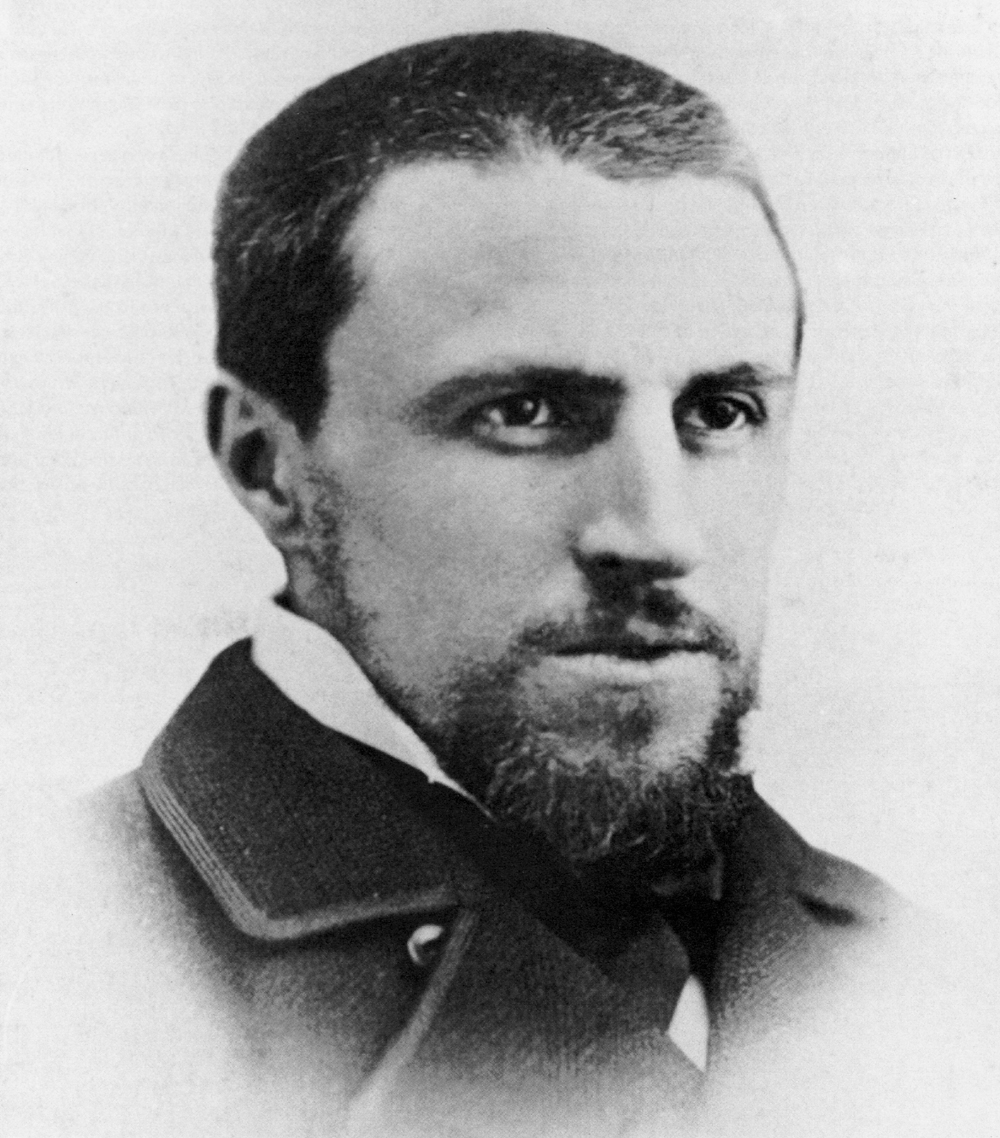 |
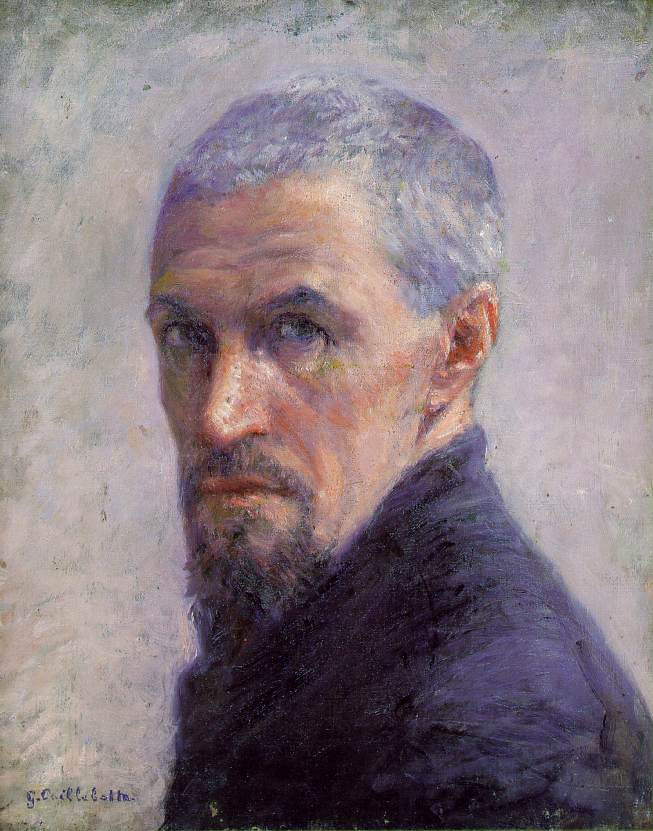 | |
|
Caillebotte, c. 1878 |
self-portrait |
|
Early Life and Education Caillebotte was born at home on rue du Faubourg-Saint-Denis in Paris, on August 19, 1848, to an upper-class Parisian family. His father was the inheritor of the family's military textile business and was also a judge at the Tribunal de Commerce de la Seine.
Caillebotte earned a law degree in 1868 and a license to practice law in 1870, and he also was an engineer. Then, shortly after his education, he was drafted to fight in the Franco-Prussian war, and served from July 1870 to March 1871 in the Garde Nationale Mobile de la Seine. Nevertheless, Caillebotte had developed a passion for photography and other arts early in life. Despite initially studying law, the Franco-Prussian War sparked a change of direction, leading him to the École des Beaux-Arts in Paris where his artistic journey began. |
Artistic Training and Influences After the war, Caillebotte began visiting the studio of the painter Léon Bonnat, where he began to study painting seriously. Caillebotte studied under Marc Antoine Goulard, a respected academic painter. He then developed an accomplished style,setting his works apart from the more abstract tendencies of his Impressionist contemporaries, in a relatively short time. He had his first studio in his parents' home. In 1873, Caillebotte entered the École des Beaux-Arts, but apparently did not spend much time there. The following year he inherited his father's fortune. His mother also left him money when she died in 1878. Caillebotte lived a relatively short life, passing away in 1894 at the age of 45. Despite this, his influence on Impressionism and his preservation of the movement through his patronage remain significant. |
Transition to Impressionism
Caillebotte met artists Edgar Degas and Pierre-Auguste Renoir in 1874. This encounter marked a turning point in his career as he became steeped in Impressionism, a revolutionary art movement that strived to capture fleeting moments and natural light.
Unlike his contemporaries, Caillebotte often portrayed the urban life of Paris, focusing on the mundane aspects of city living. His works often showcased the Parisian working class, which was unconventional for the period.
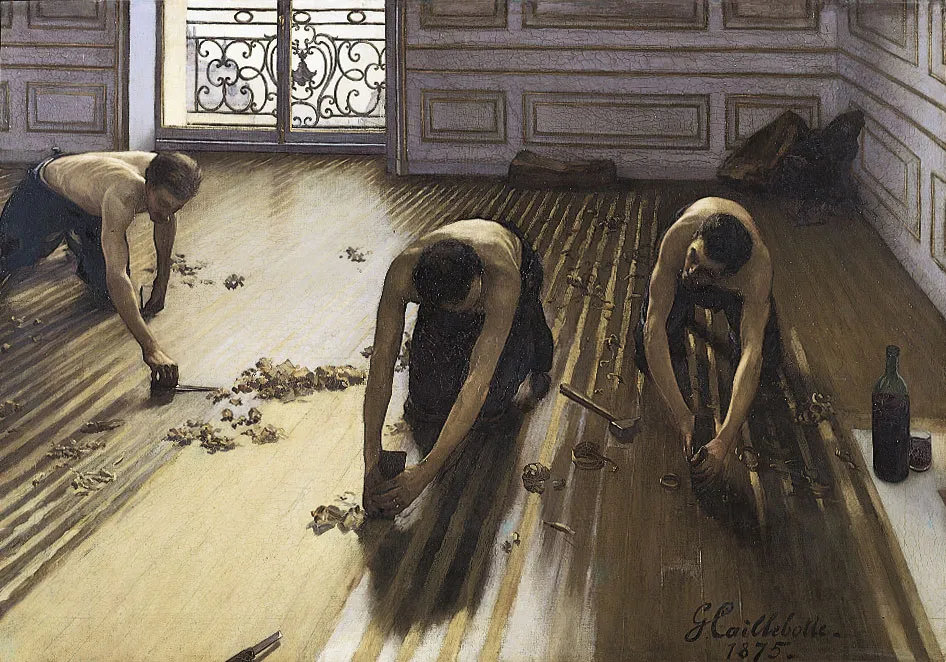
Caillebotte made his debut in the second Impressionist exhibition in 1876. His painting, "Floor Scrapers", was rejected by the Paris Salon for its vulgarity, but it drew attention in the Impressionist circle for its realism and unusual subject matter.
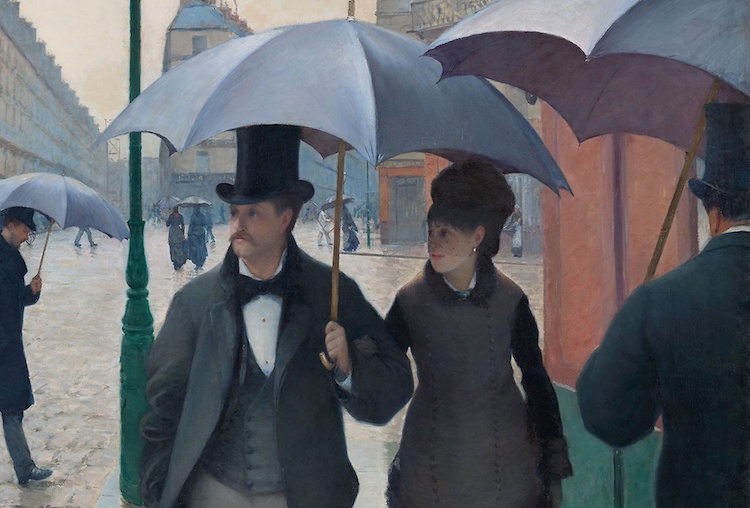
"Paris Street, Rainy Day"
Perhaps Caillebotte’s most recognized work, "Paris Street, Rainy Day" (1877), left a lasting impression on the art world. This painting is distinguished by its unique perspective and the artist's ability to capture the atmosphere of a rainy day in Paris.
Caillebotte was a Patron
In addition to his artistic contributions, Caillebotte used his inherited wealth to support struggling Impressionist artists, purchasing their works when they were in financial difficulty. This act of patronage allowed the Impressionist movement to thrive.
|
Caillebotte's sizable allowance, along with the inheritance he received
after the death of his father in 1874 and his mother in 1878, allowed
him to paint without the pressure to sell his work. |
It also allowed him to help fund Impressionist exhibitions and support his fellow artists and friends (Claude Monet, Auguste Renoir, and Camille Pissarro among others) by purchasing their works and, at least in the case of Monet, paying the rent for their studios. |
Caillebotte became the chief organizer, promoter, and financial backer of the Impressionist exhibitions for the next six years after he first was accepted in the Impressionists' exhibit in 1876.
yet to be uploaded | 17Apr2024
Lesson ideas for Teachers
Teaching Gustave Caillebotte
Introducing Gustave Caillebotte to students can offer a unique perspective on the Impressionist movement. His distinct style and subjects provide an opportunity to examine the diversity within the movement itself.
Lesson Objective
The objective of a Caillebotte art lesson plan is to familiarize students with his style, themes, and techniques while highlighting his influence on and role within the Impressionist movement.
|
Analyzing Caillebotte’s Art
|
Caillebotte’s Realism vs. Impressionism
| |
|
Caillebotte’s Subject Matter
|
Caillebotte's Technical Approach
| |
|
Caillebotte as a Patron
|
Practical Art Lesson: Emulating Caillebotte
| |
|
Assessment of Student Artwork
|
Reflection and Discussion
| |
|
Caillebotte's Influence on Modern Art
|
Caillebotte's Place in Art History
| |
|
Final Reflection on Gustave Caillebotte
|
Inspirations from Caillebotte’s Life
| |
|
Caillebotte and Impressionism: A Summary
|
Lesson Recap
|
Concluding Thoughts
- In concluding the lesson, reinforce the importance of understanding different artistic styles within a movement.
- The exploration of Caillebotte's works serves as a compelling case study of how artists can bring unique perspectives and narratives within a larger art movement.
See also Kimball Art Museum
Okay, so now I've put on some ads from Amazon - from which I may earn a few cents. (2025)
